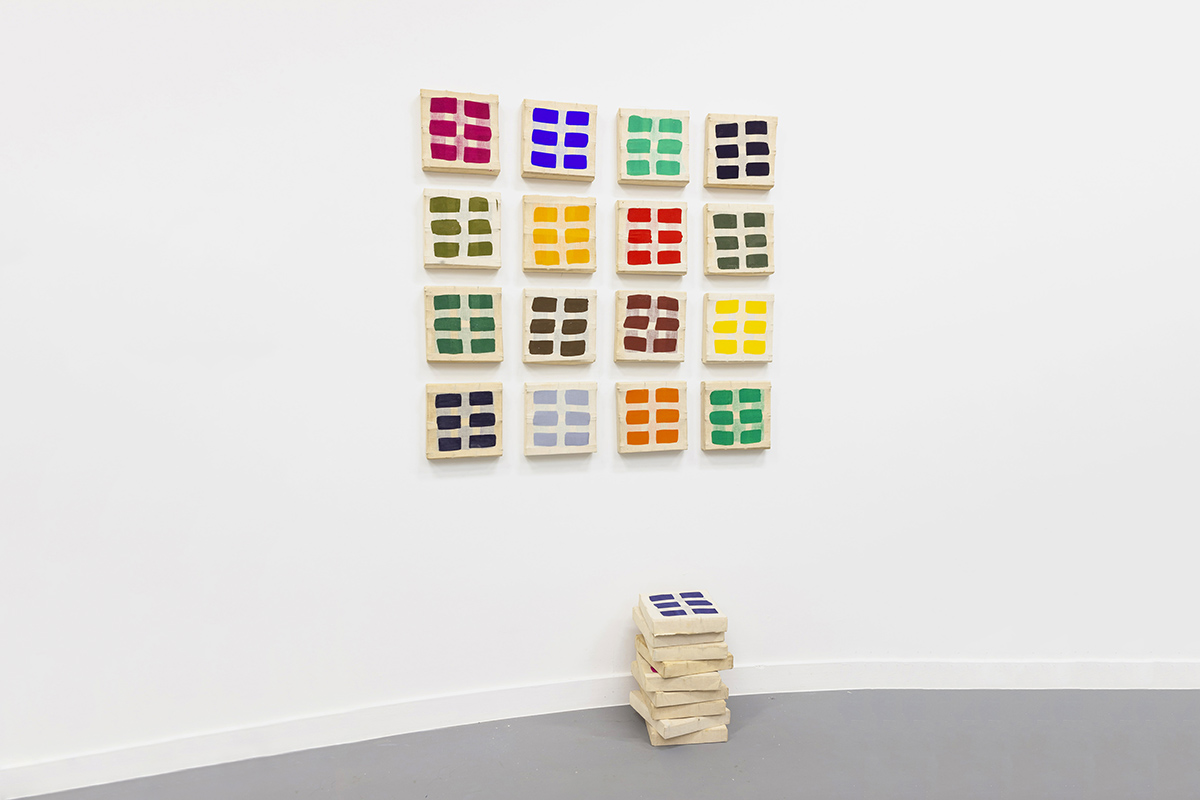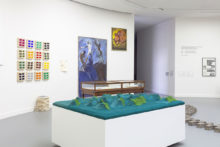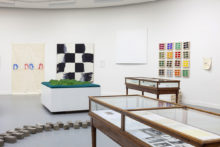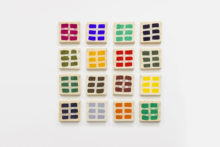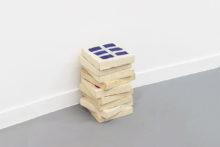Bernard Villers
The Flemish museum world continues to evolve, but the media coverage of these innovations focuses almost exclusively on architectural concerns, while a museum is made up of much more. To get to the bottom of this, we look back at the history of M HKA.
In 1977, the International Cultural Centre (ICC) invited Gordon Matta-Clark (1943-1978) to realise a project in an empty office building opposite the Steen in Antwerp. The work, Office Baroque, is linked to the Rubens Year 1977. It refers to the bankruptcy of a shipping company, followed by the vacancy of the building in which it was located. Office Baroque is part of Matta-Clark’s series of so-called ‘cuttings’.
When Gordon Matta-Clark dies in 1978, at the age of 35, the Foundation Gordon Matta-Clark (1979-1985) is created to save Office Baroque, the artist’s only remaining ‘cutting’ work. Many artists donate work to the Foundation, but unfortunately, the rescue attempt fails and several works are reclaimed. Some artists, however, maintain their donation and hope to support the establishment of a museum of contemporary art in Antwerp. As such, the Foundation Gordon Matta-Clark is an important link between the ICC and the eventual establishment of M HKA. The 182 works of the Foundation form the basis of the M HKA collection and emphasise the politically inspired international solidarity among artists.
In this presentation, 34 well-known and lesser-known works are shown that helped to determine the origins and identity of M HKA. They are supplemented with relevant documents that take us back to the late 1970s and the 1980s.
My hopes for a project in Antwerp would be to complete a ‘non-u-mental’ work that the city could go on enjoying for a certain period after its realization. (Gordon Matta-Clark in a letter to Flor Bex, 1976)
This presentation is part of a larger programme that aims to highlight the oeuvre of the artists associated with the ICC, in relation to their work in the M HKA collection. In addition, it examines the ICC programming from the perspective of the ICC archive, which is also managed by M HKA. In this series, the ‘non-u-mental’ approach is continued as a method for thinking about the museum: it is less concerned with monumentality and more with the development of our understanding of the small things, always oriented towards discoveries.
Read more about Bernard Villers
